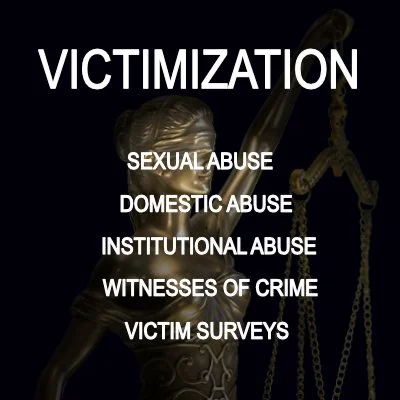Study of the Dominican Public Justice System in response to sex trafficking and commercial sexual exploitation of children, 2010–2022
By The International Justice Mission
This study analyzes the response of the Dominican public justice system (PJS) to commercial sexual exploitation of children (CSEC) and sex trafficking from 2010 to 2022. It is the first nationwide study of its kind to use a robust methodology and provide concrete data about the performance of the PJS in response to CSEC and sex trafficking, key authorities’ confidence in the response of the PJS, and survivors’ reliance on the PJS for protection. Prior studies have found that CSEC and sex trafficking are widespread in the Dominican Republic and that the effectiveness of the PJS’s response has been inconsistent, with enduring gaps in the area of victim services. These prior studies were qualitative, drawing on the opinions of key government and civil society stakeholders (International Justice Mission [IJM], 2017; Participación Ciudadana, 2022). Ethnographic research on prevalence published by International Justice Mission (IJM) in 2015 found that 10% of people in the Dominican sex industry were minors being sexually exploited. Qualitative studies conducted by IJM and other nongovernmental organizations (NGOs) have identified comprehensive services for victims as one of the largest gaps in the PJS’s response (IJM, 2017; Universidad Iberoamericana [UNIBE], 2022). Each year the government issues a report with an overview of the human trafficking cases it has prosecuted (Ministry of Foreign Affairs [MIREX], 2021). However, this report does not describe the quality or speed of the government's response, nor does it measure the progress of cases towards justice or a complete recovery for victims. In short, there is a lack of quality data on the PJS’s response to CSEC and sex trafficking, which hinders efforts to strengthen the PJS and make evidence-based decisions. This study fills this gap, providing data from a review of prosecutor and police case files, as well as interviews with CSEC survivors, government officials who interact with CSEC or sex trafficking victims in critical moments, and officials who hold leadership positions on CSEC and sex trafficking issues. This study's contribution to research on sex trafficking and CSEC in the Dominican Republic is novel for two reasons. First, it includes the voices of CSEC and sex trafficking survivors and upholds them as essential to informing the government's response. Second, it presents quantitative data based on official documents from the institutions that comprise the PJS. This research forms part of a concerted effort to measure the following indicators of protection: prevalence of the crime; people’s reliance on the public justice system for protection; performance of the PJS in reported cases; and key stakeholder confidence in the PJS’s response. This series of measurements provides evidence of the extent to which the Dominican public justice system has transformed its response to CSEC and sex trafficking throughout the course of IJM’s intervention. When laws are enforced fairly and effectively, potential perpetrators are deterred by the higher risk of punishment, which in turn lowers crime rates. Improved performance means the PJS response is swifter and more frequent, cases progress in criminal proceedings, and proceedings meet quality standards. This enhanced performance then increases people’s reliance on and confidence in the justice system, creating a virtuous cycle of confidence and effectiveness that drives a sustained decline in the prevalence of abuse.
IJM: 2022. 123p.


